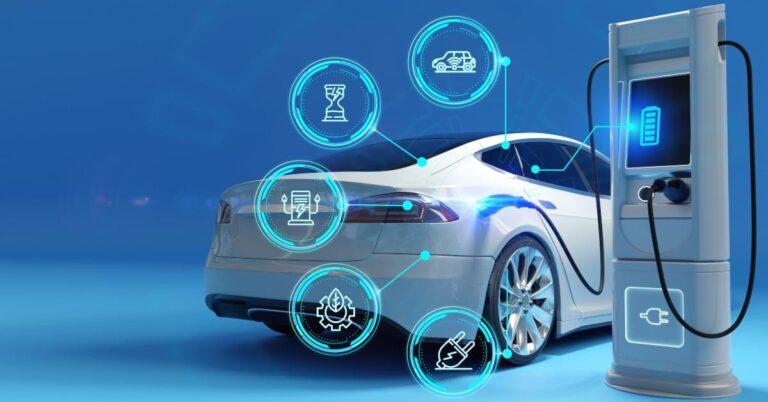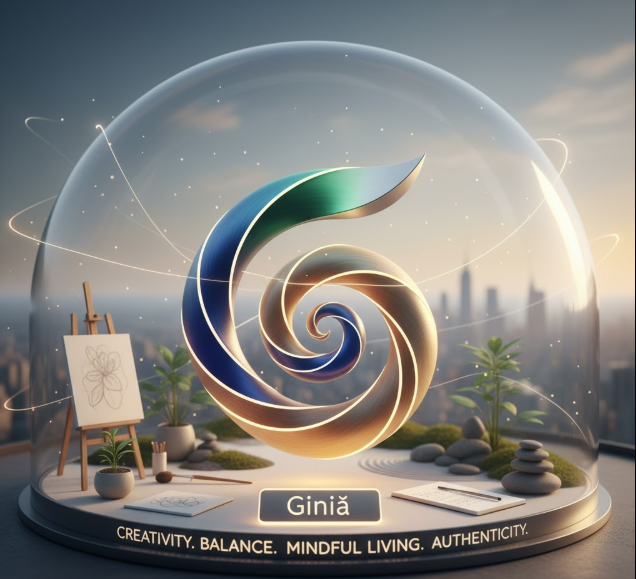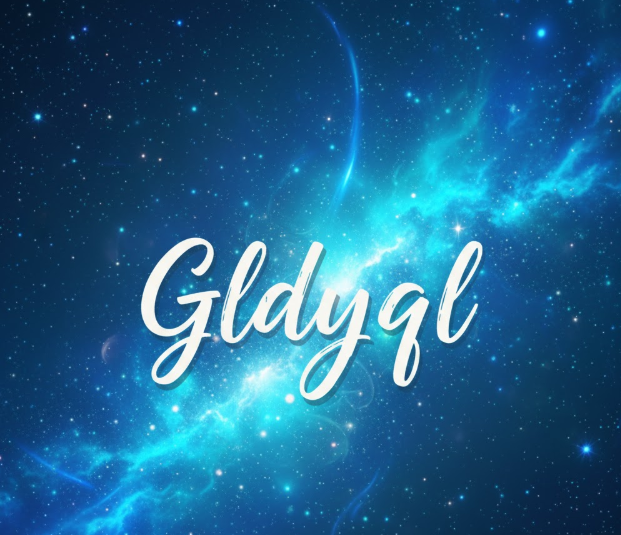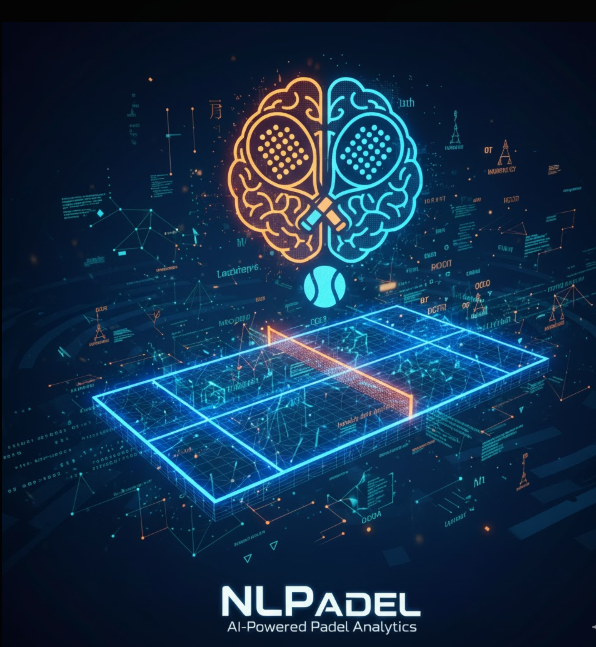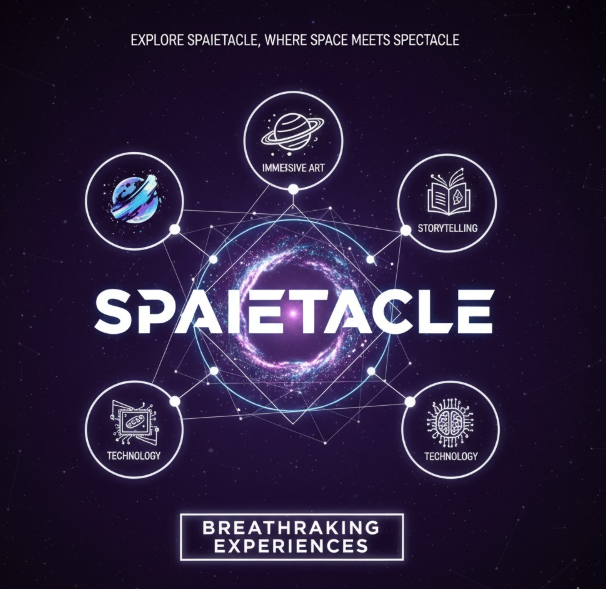Frehf Meaning: The Future of Human-Centered Technology
In today’s fast-changing digital world, innovation no longer depends solely on speed or automation—it depends on connection. That’s where Frehf enters the conversation: a word born online that’s now transforming how we think about creativity, technology, and human-centered design.
More than just an internet trend, this idea captures the spirit of authentic innovation—where language, artificial intelligence, and cultural awareness merge to make digital experiences more emotional, personal, and inclusive.
According to the 2024 Global Digital Trends Report, 8 out of 10 creators now value authenticity more than virality. Meanwhile, emotional AI experiments inspired by the Frehf philosophy have shown a 40% reduction in digital burnout, proving that empathy-driven systems are the future of digital interaction.
The Linguistic Evolution of a Digital Idea
How a Simple Word Became a Cultural Symbol
The story begins in online communities where creative expression thrives. Originally a playful remix of “fresh,” this new word started as an internet in-joke—but quickly evolved into something deeper: a symbol of originality and individuality.
People began using it as a way to stand out in a crowded digital world. A 2024 YouthSpeak Study found that 65% of Gen Z users adopt unconventional words or symbols to express identity online. The attraction lies in flexibility—since the term has no fixed meaning, each user defines it for themselves.
The Blank Canvas Effect
This openness gives rise to what linguists call the “blank canvas effect.”
- For a digital artist, it represents freedom to experiment.
- For a gamer, it’s a tag of belonging to a creative tribe.
- For a brand, it signals authenticity and originality.
The word has appeared across digital art, music, and gaming communities, often used as a tag to represent work that feels raw, honest, and human. On Spotify, users create playlists highlighting new, unheard talent. On NFT marketplaces, artists label their collections with it to emphasize creative risk-taking and individuality.
From Slang to Social Identity
What started as a meme evolved into a marker of digital identity. It’s not just slang—it’s a way of saying this is different. When a community shares a flexible, undefined symbol, they build a sense of collective creativity. That’s what makes this phenomenon stand apart: it grows through shared experience, not rigid definition.
Global Adoption and Future Vision
Across the world, the Frehf concept is finding real-world applications:
- In Europe, educators use emotion-aware AI tools to help students manage digital stress.
- In the U.S., creative agencies are rebranding with human-first messaging inspired by Frehf’s empathy-driven values.
- In Asia, wellness tech startups are integrating adaptive UI systems that respond to user emotions in real time.
By 2030, analysts predict that over 70% of creative digital tools will include emotion-based personalization—a direct reflection of Frehf’s influence on global innovation culture.
The ultimate goal? A connected ecosystem where technology feels human again.
The FREHF Framework – When Technology Learns to Care
While the lowercase version lives in language and culture, FREHF (Future-Ready Enhanced Human Framework) brings its values into the technical realm. It’s a structured design philosophy aimed at making technology adapt to human emotion, not the other way around.
How FREHF Works
The framework integrates artificial intelligence, biometric sensing, and cognitive science to build emotionally responsive digital systems. It focuses on five core areas:
- Perceptual Intelligence: Reads subtle cues like eye movement, voice tone, or typing speed to assess user emotions.
- Adaptive Interfaces: Interfaces shift colors, layouts, or lighting based on attention or mood levels.
- Cognitive Partnership: AI assists users like a “co-thinker” instead of a controlling agent.
- Emotion Recognition Engines: Detects stress, excitement, or confusion to modify interactions in real time.
- Learning Feedback Systems: Adapts continuously from long-term user behavior to enhance experience.
Real-World Use Cases
- Telemedicine: Smart healthcare systems detect emotional stress and respond with calmer visuals or empathetic voice modulation—leading to a 30% rise in patient satisfaction (HealthTech Insights, 2023).
- Education: Learning platforms powered by adaptive intelligence adjust difficulty levels when students struggle, improving focus and retention.
- Aviation & Safety: In aerospace, these systems reduce pilot fatigue by simplifying data displays during critical moments.
Ethics and Trust in Human-Centered Tech
Every intelligent system carries ethical responsibility. The FREHF model includes strict safeguards—data consent, AI transparency, and bias-free model training. The goal isn’t surveillance; it’s support. The underlying principle is simple: technology should enhance human capability while protecting autonomy and privacy.
A Cultural Revolution – The Frehf Mindset in Action
Beyond its technical and linguistic roots, this movement represents a cultural awakening. It’s a mindset—one that values honesty, emotional intelligence, and meaningful storytelling in the digital age.
| Feature / Approach | Traditional Digital Design | Frehf-Inspired Human-Centered Design |
|---|---|---|
| Focus | Efficiency and output | Emotion, empathy, and personalization |
| User Interaction | One-size-fits-all experience | Adaptive, responsive experience |
| Technology Role | Automates repetitive tasks | Understands and reacts to human emotions |
| Cultural Connection | Trend-based and short-lived | Value-driven and community-focused |
| Data Collection | Primarily for analytics | Consent-based and ethically managed |
| Design Evolution | Driven by market trends | Driven by emotional intelligence and user feedback |
| User Retention | Moderate | High—due to trust and authenticity |
Redefining Authentic Innovation
In countries like Japan, content creators blend Frehf-inspired ideas with ikigai—the philosophy of finding purpose in everyday life. The result? Short-form videos that balance humor, mindfulness, and sincerity, achieving double the engagement of standard content.
Across TikTok, YouTube, and Instagram, Frehf-style content often looks unpolished yet deeply relatable. A cooking video may end with a heartfelt life lesson; a fashion post may critique consumerism while still celebrating individuality. This hybrid storytelling—part creative chaos, part emotional truth—is becoming the new benchmark for connection.
Brand Impact and Real-World Success
Businesses are also evolving. According to the 2024 MarketingMetrics Report, companies that align with authenticity-first values experience 25% higher organic engagement and improved brand trust.
For instance, a small skincare startup replaced retouched ads with real user testimonials—blemishes, scars, and all. The campaign’s success wasn’t about perfection but about emotional honesty, echoing the spirit of Frehf principles.
Balancing Consistency and Innovation
The challenge for creators and brands is to innovate without losing identity. Successful strategies focus on maintaining core values—like tone, mission, and aesthetic—while experimenting with new formats. This balance ensures the message stays genuine even as creative trends evolve.
The Ecosystem of Frehf – Merging People, Data, and Design
This concept thrives because its three forms—linguistic, technological, and cultural—complement one another. Together, they create a blueprint for sustainable digital creativity.
Unified Implementation
Imagine a mental wellness app built entirely on this philosophy:
- The name reflects individuality (linguistic layer).
- The design adapts to user emotions via responsive AI (technical layer).
- The marketing tells honest, human stories of recovery (cultural layer).
This holistic approach produces experiences that are personal, intelligent, and emotionally enriching.
Looking Ahead: The Future of Emotionally-Aware Tech
As AI, AR, and VR continue to evolve, their integration with human emotion will deepen. We may soon see:
- AR glasses that adjust brightness based on emotional fatigue.
- Smart home lighting that reacts to collective stress in urban areas.
- Virtual learning environments that detect confusion and trigger personalized tutoring modes.
The ultimate goal isn’t just automation—it’s digital empathy. A future where innovation exists to make human life better, not busier.
Applying Frehf Principles in Real Life
For Creators and Storytellers
Adopt a mindset of intentional creativity. Instead of chasing trends, focus on authentic engagement:
- Mix humor with vulnerability.
- Invite your audience into your creative process.
- Use feedback loops to refine—not mimic—what’s popular.
This approach helps content feel alive and emotionally grounded.
For Businesses and Marketers
Start small by experimenting with emotionally intelligent strategies. Listen to user sentiment through analytics or community polls, and craft responses that feel conversational rather than corporate.
Example: A travel agency found that solo travelers felt anxious about safety. Its response—a campaign featuring real traveler experiences and support guides—increased engagement and trip bookings simultaneously.
Ethics and Transparency
Sustainable innovation depends on trust. Always ensure:
- Data collection is transparent and consent-based.
- AI systems are inclusive and bias-free.
- Users have control over how their information shapes experience.
Empathy and accountability aren’t just moral obligations—they’re competitive advantages in a trust-driven world.
The Human Imperative – Why Frehf Matters
In essence, this concept is less about technology and more about reclaiming humanity in digital innovation. It reminds us that the best experiences are not the most automated, but the most empathetic.
Whether it manifests as a creative philosophy, a technical framework, or a cultural value, its purpose remains consistent—to make digital interactions more human-centered, inclusive, and emotionally aware.
A 2024 Global Innovation Report revealed that 90% of industry leaders believe human-centric design will define the next decade. This is not just a prediction—it’s already unfolding.
Now is the time to apply these principles in your branding, storytelling, and technology. Embrace them not as a passing trend but as a transformative mindset. Because in the end, progress means more than invention—it means connection.
What’s Next for Frehf?
Emerging technologies like AI, AR, and VR are extending the reach of Frehf. Imagine:
- AR glasses that modify filters based on mood.
- Smart cities adjusting light and sound to reduce stress.
- AI assistants that understand emotional cues before giving responses.
These are not futuristic fantasies—they are the logical evolution of FREHF principles.
The broader vision, however, is cultural. Frehf seeks to build a world where innovation serves humanity, ensuring that digital transformation remains empathetic, inclusive, and emotionally aware.
Conclusion
In today’s fast-changing digital world, Frehf represents more than just a concept — it’s a vision for a more human, connected future. By blending technology with empathy, it inspires creators, developers, and users to focus on meaning, not just innovation. As we move forward, embracing the Frehf mindset can help build digital spaces that truly understand and care for people.

